Apr 03 (V7N) – The ongoing rivalry between the United States and Iran has once again surged to alarming levels, with both sides engaged in an exchange of threats that could spiral into an all-out war. The situation in the Middle East has become more volatile following the deployment of US bombers close to Tehran, with Iran warning of retaliation should its aircraft be targeted. The announcement of a second US warship being sent to the region has further escalated tensions.
The nuclear standoff between the United States and Iran is not a new issue but has been a point of contention for years. Tensions, however, have reached new heights since the swearing-in of President Donald Trump, whose administration has consistently pressed for stronger action against Iran. The United States has repeatedly threatened military action, including bombing Tehran, if Iran does not comply with the terms of the nuclear deal. The situation now seems poised to boil over, as the Trump administration’s aggressive posturing and Iran’s unwavering stance on its nuclear ambitions create a volatile mix.
In response to the escalating threat, the United States has taken several precautionary measures, including the deployment of Stealth B-2 bombers to Diego Garcia, a US military base in the Indian Ocean. The base, located in the Chagos Islands, now houses six B-2 bombers, which are capable of carrying both conventional and nuclear bombs. These developments have sent shockwaves through the region, with satellite images confirming the buildup of US military assets near Iran.
Meanwhile, the US has announced the deployment of a second warship to the Middle East, intensifying its military presence. If the warship is added, the number of US ships in the region will rise to two, with additional military aircraft also being sent. The heightened military activity raises concerns that Iran may escalate its own operations, particularly in Yemen.
Iran, undeterred by US provocations, has firmly maintained its stance on the nuclear issue. Tehran has stated that it will respond decisively if attacked, and reports suggest that the Iranian military has been instructed to target the Diego Garcia base in the event of a US strike. Iranian authorities have also prepared missile systems aimed at the island.
Iran's defiance was further underscored by warnings from Ali Vaez, Director of the Iran Project at the International Crisis Group, who emphasized that any withdrawal by Iran from the Nuclear Non-Proliferation Treaty (NPT) would have catastrophic consequences. If Iran were to leave the treaty, it would end international oversight of its nuclear program, a scenario that the United States and Israel would not tolerate, potentially triggering military action.
Despite the mounting tension, Iran remains unwilling to engage in direct dialogue with the United States. Analysts, including Alex Vatanka, note that Iranian Supreme Leader Ayatollah Ali Khamenei views direct negotiations with President Trump as a sign of weakness. Khamenei’s refusal to engage face-to-face with Trump stems from his fear of public humiliation, even if some factions within the Iranian leadership are open to the idea of an agreement.
As tensions escalate, Middle Eastern nations, particularly Saudi Arabia, have made it clear that they will not allow the United States to use their airspace or territory for an attack on Iran. Countries like the United Arab Emirates (UAE), Qatar, and Kuwait have imposed sanctions on the US, reflecting the complex dynamics at play in the region.
The Middle East Eye reported that despite Washington’s military posturing, key regional allies are hesitant to directly involve themselves in a potential confrontation between the US and Iran, citing concerns over the long-term consequences of such a conflict.
The escalating situation in the Middle East highlights the precarious balance of power between the United States and Iran. With military assets building up on both sides, and neither party willing to back down, the region is on edge, with the possibility of conflict growing by the day. As the international community watches closely, the stakes for peace and stability in the Middle East have never been higher.
END/MSS/AJ



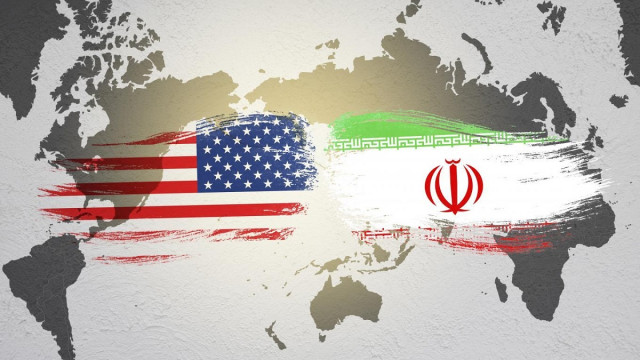
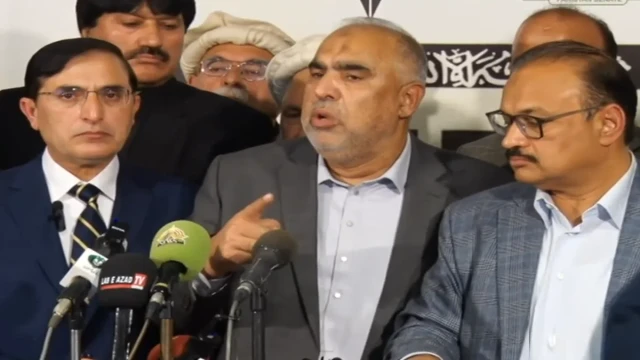
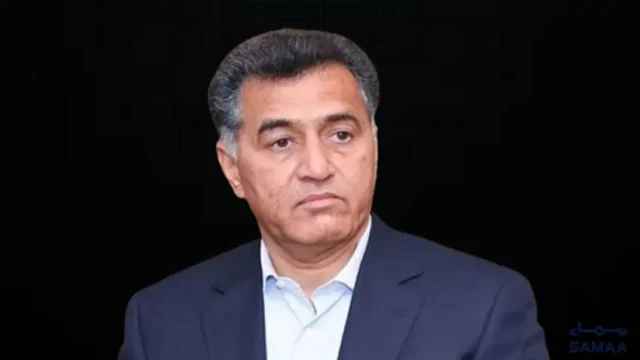
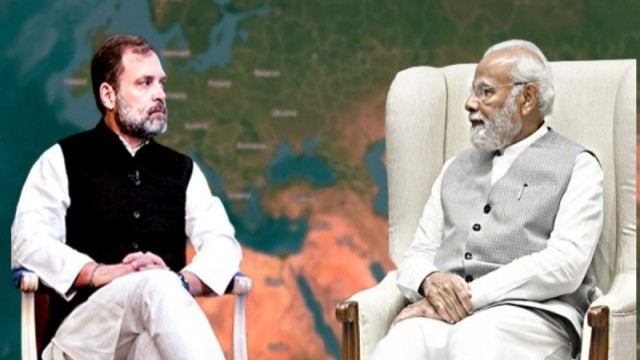


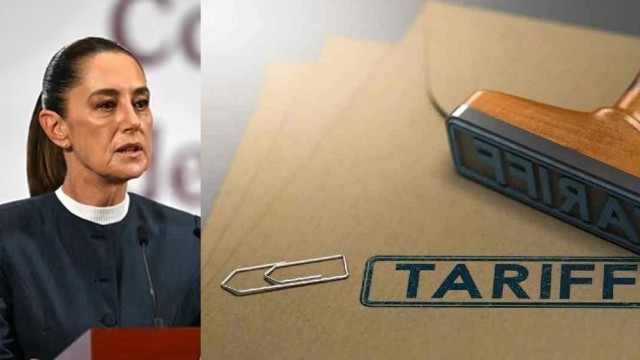



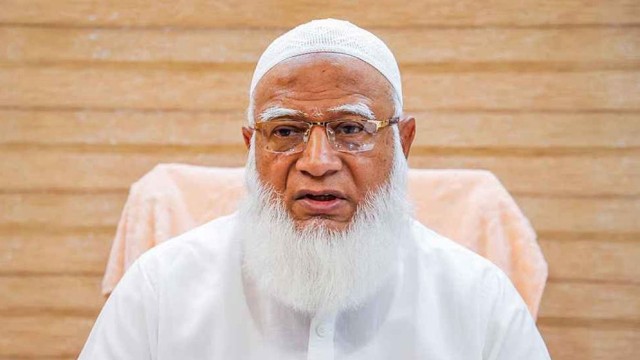

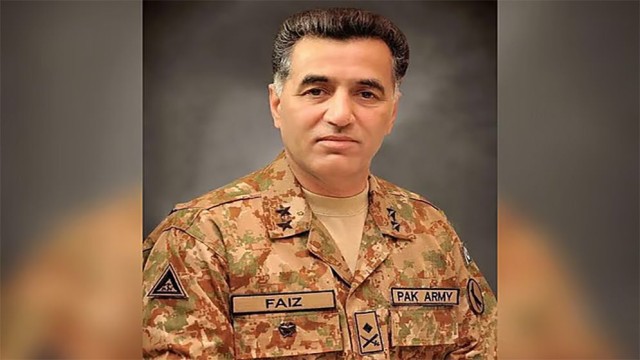





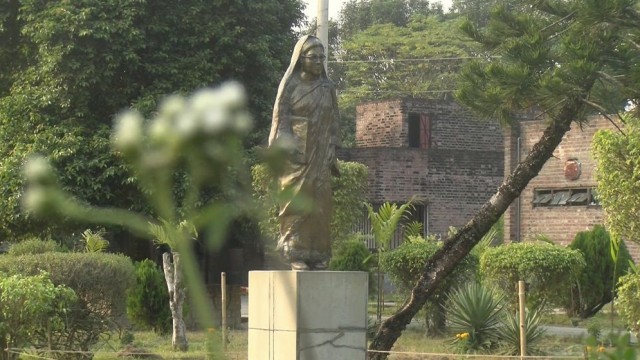

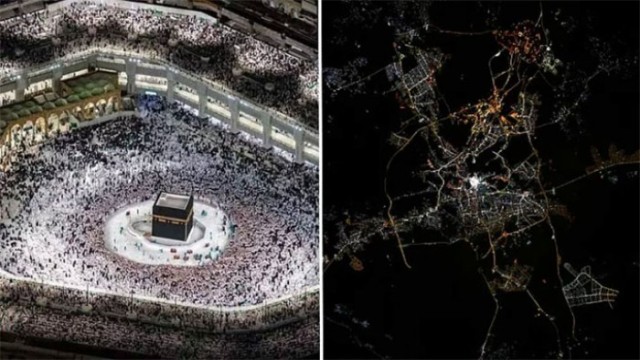

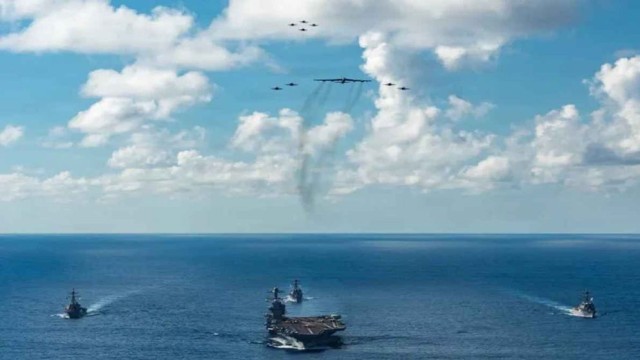
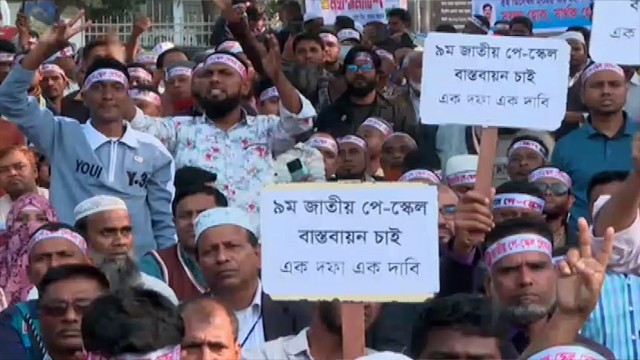
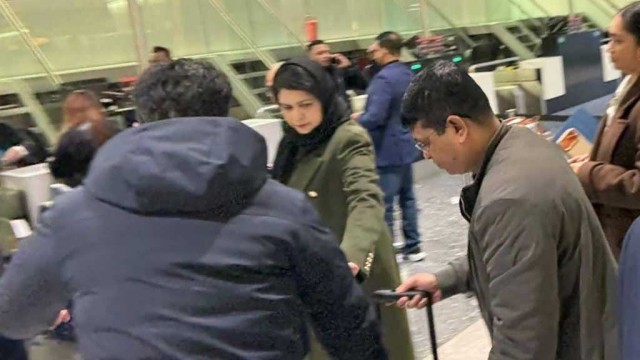
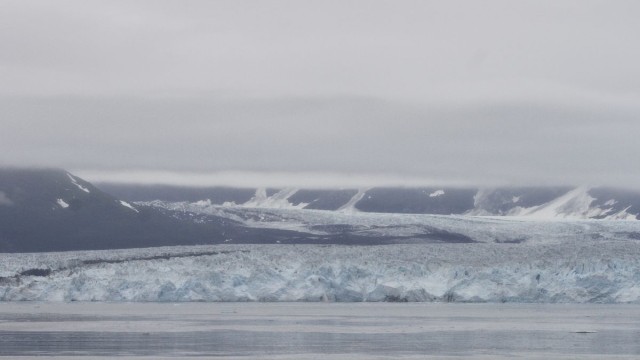
Comment: